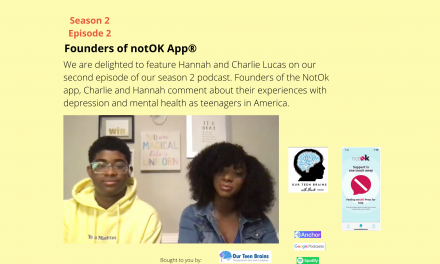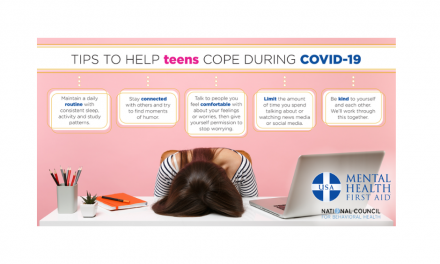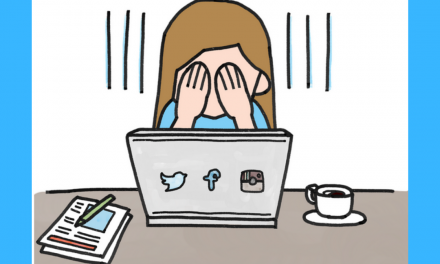As we all know, us teenagers often make poor decisions based on an impulse and are likely to engage in risky behaviors which we may come to regret in the future. However, some psychological studies indicate that this risky behavior is heightened further by peer pressure.
The limbic system, which is the emotion regulating region of the brain, develops rather quickly in adolescence. Another region, the prefrontal cortex, which plays an important role in terms of decision making in the brain, develops much slower during the teenage years. In other words, the prefrontal cortex serves to place a break on the risky behavior promoted by the limbic system. As teenagers spend most of their time hanging out with other teenagers, they want these other teenagers to keep them in high regard. They want their friends to think they are “cool” so that they continue to hang out with them. This pushes them to act in more reckless manners.
Studies show that adolescents in a driving simulation were twice as likely to take risks when with peers, and older adolescents were 1.5 times as likely to take these risks while actually driving. This also leads to increased activation in the ventral striatum and the orbitofrontal cortex which are reward centers in the brain. This shows the risk with peer pressure, and the risks it poses to the adolescent but also to others. It is important that teenagers are aware of the changes in their brain so that they can better resist these effects of peer pressure. But on the other hand, teenagers should understand that some of their reckless behaviors are not necessarily their fault and they are not bad people or people with defective brains; rather they should take these experiences as a learning opportunity as they continue to grow and develop into mature adults.






Wow, thanks for sharing, I have learned so much here on your site, thought I’d let you know your efforts are appreciated